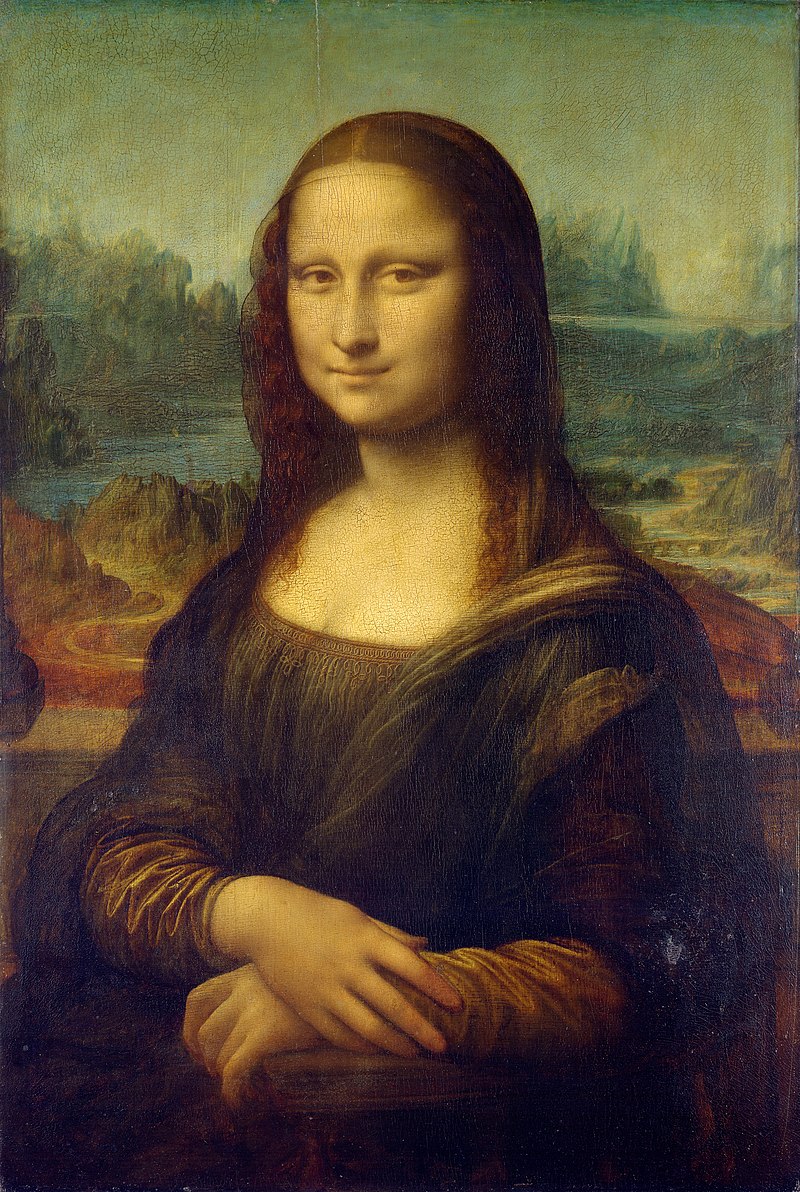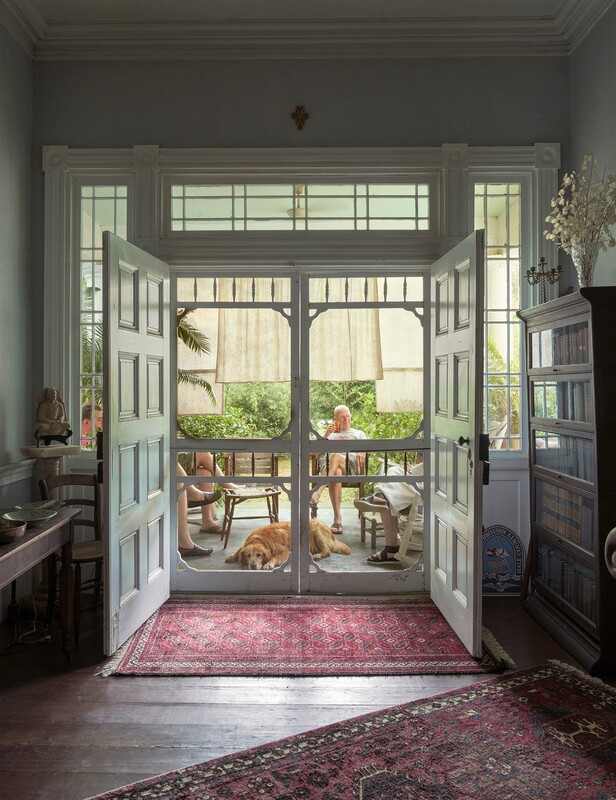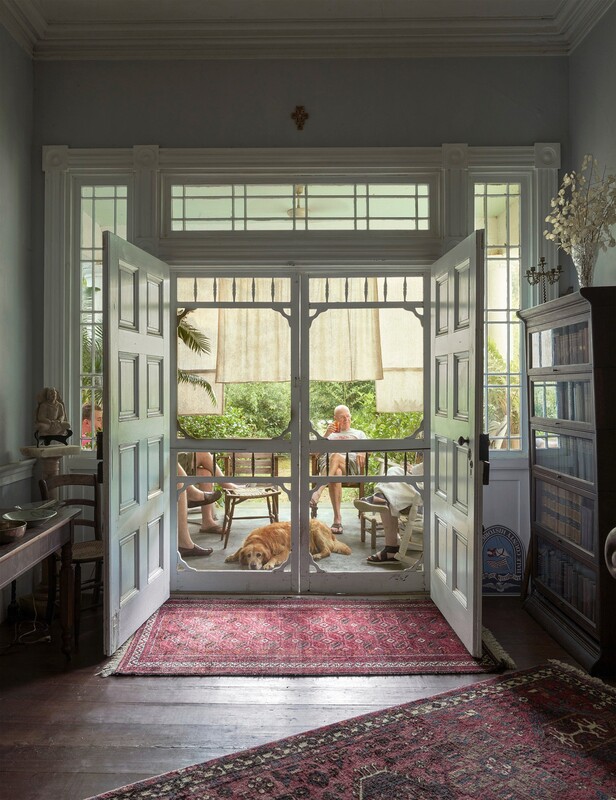But every time I return to the picture I find myself moved more deeply by the photograph. It seems more complicated than I first thought. Carefully composed and filled with stillness, it seems to contain movement and life.
When I move back from content, the photo becomes a symphony of rectangles and squares. Note the detail in the windows surrounding the central opening. Note the four big circles that appear within the big rectangles in the screen doors. The outside drapes that shade the porch are rectangles.The frame of the door itself makes another rectangle, as does the shape of the photograph itself. Then there are the open doors and the carpet beneath. But no, not rectangles. Their shape is trapezoid. But on some level you know that in reality they are rectangular.
And then my eye drifts down to the carpet at the bottom of the frame. My mind tells me that it is a rectangle, but the frame of the photo on the right and the bottom cut that into another shape entirely. My mind and my eye seem to be telling me different things.
“Central opening.” But is it? No, not quite. The center line between the two screen doors is shifted ever so slightly to the left. What I think I see and what I sense at some subconscious level do not perfectly align.

Is Moore doing something similar with his framing of the doorway?
But not all is rectangles and squares. I note that big bold triangle of the wood floor, pointing right toward the massive bookcase. At first I don’t notice that: it is just floor. But now I see it as a shape. I become aware hat the bookcase is not quite balanced by a much smaller table on the left side of the frame. My unconscious eye wanders from one to the other. Creating movement.
Atop the bookcase is a tall vase with an arrangement of dried flowers, dollar plant I believe. Across the room, much lower, is the statue of a seated figure, possibly a Buddha. I place a ruler across the photograph from the middle of the floral arrangement to the middle of the statue: the line made almost exactly matches the diagonal line of the carpet at the bottom. Something else off-center and perfect. Something else creating movement and life in what appears to be a still photograph.
Did any of this cross Moore’s mind when he was taking the photograph? Most likely not. In my mind’s eye I see him adjusting the camera a bit to the right or a bit to the left, a bit up or down, and finally realizing this is the perfect shot. The image he sees is upside down, and perchance that is useful in his framing. Did he take several photographs of this scene and then choose the one he liked best? I don’t know.
Do I examine every photograph in this way? No, not really. Mostly I just rely on instinctive judgment, my unconscious if you will. Like porn, I know it when I see it. But this photo haunted me in such a way that I felt the desire to study it more closely to try to figure out why.
There is much more that can be said about the picture. The colors. The only one I mention is green. Is that green foliage the most important or least important of the colors? It does, I’d suggest, pull your eye through the hall and across the porch into what lies beyond, somehow giving more life to both the hall and the porch.
Pictorial elements. That empty chair, for instance: what does it represent? What does it mean? Or is it just an empty chair that happens to be there?
The placement of the photograph in relation to the others in the book. This picture, every picture, tells a story, but each one seems to be part of a larger story. They talk with one another.
Moore places a plain seven-word label along with the photograph, and at the end of the book he gives a lengthier description of the place and the people. He does this for each photograph in the book. Obviously he wants you to look at the photograph first and then its placement among others as you turn the pages. The book open with four photographs, then the title page followed by the introductory essay by Imani Perry. Then come the photographs, followed by his own essay “Blue Alabama” which is accompanied by a pair of shots of the same place, then and now. After that is novelist and teacher Madison Smart Bell’s essay, “Claiming Kin.” Only then do you get to Moore’s longer explication of the images shown. I believe that the artist wishes for you to experience the work in just this way, and I would heartily recommend your doing so.
But it starts and ends with the photograph.


 RSS Feed
RSS Feed